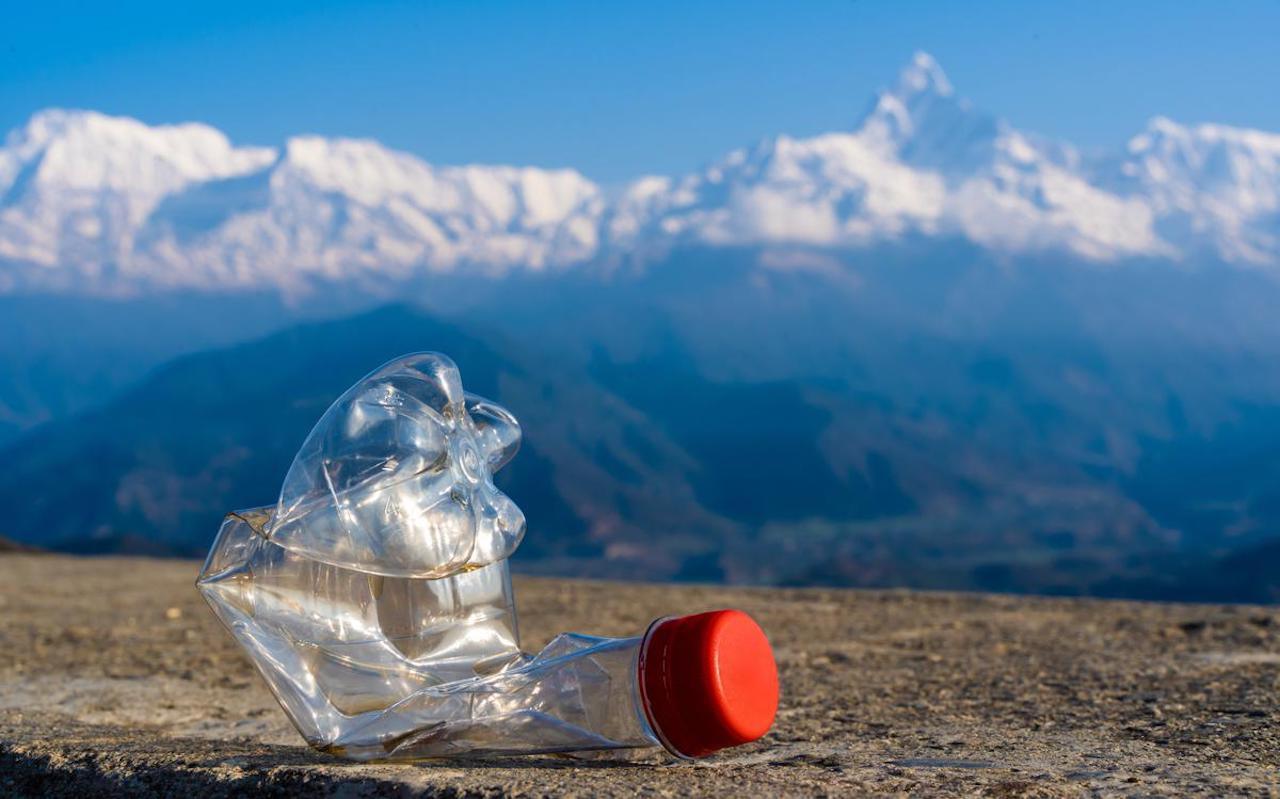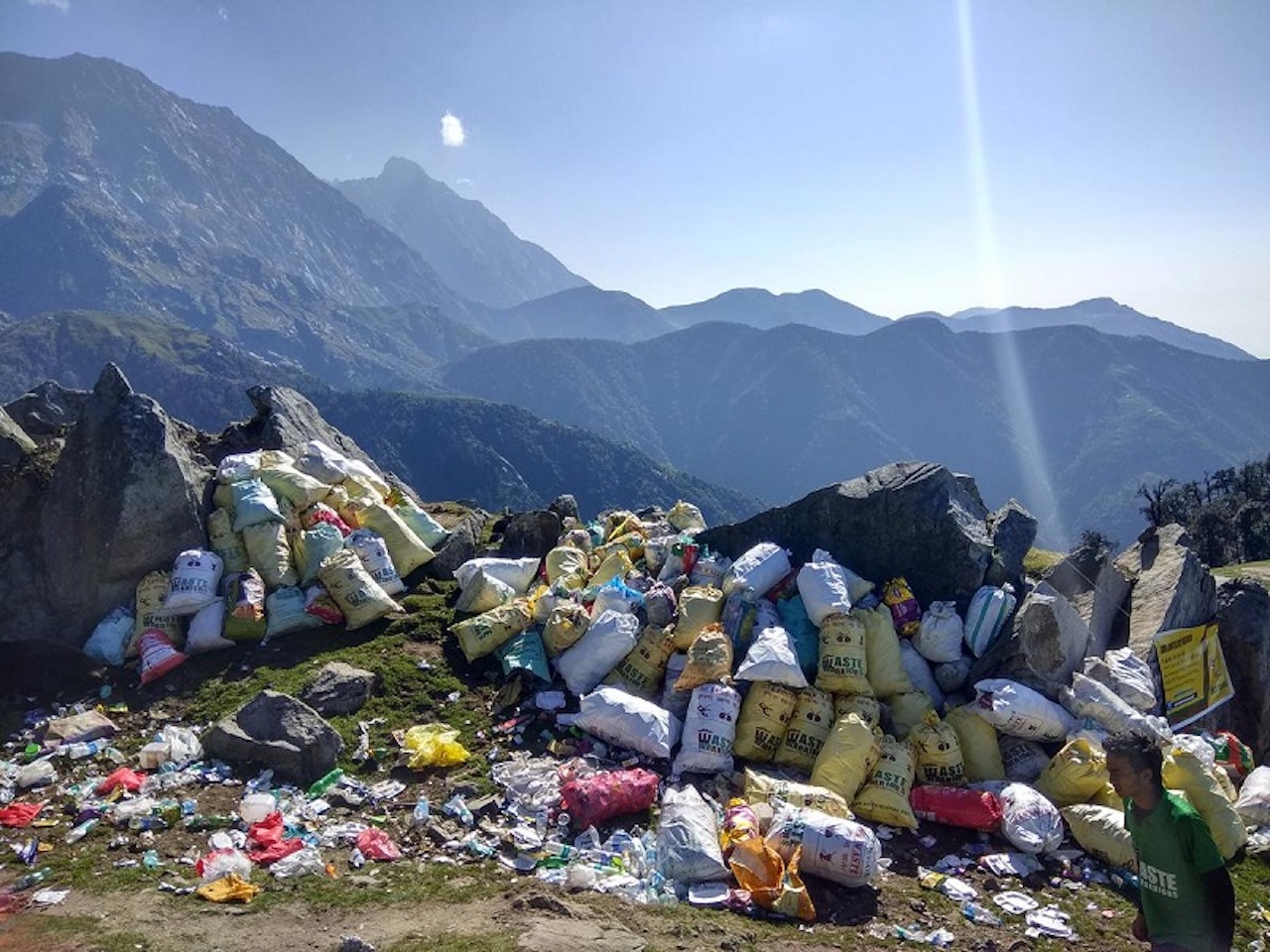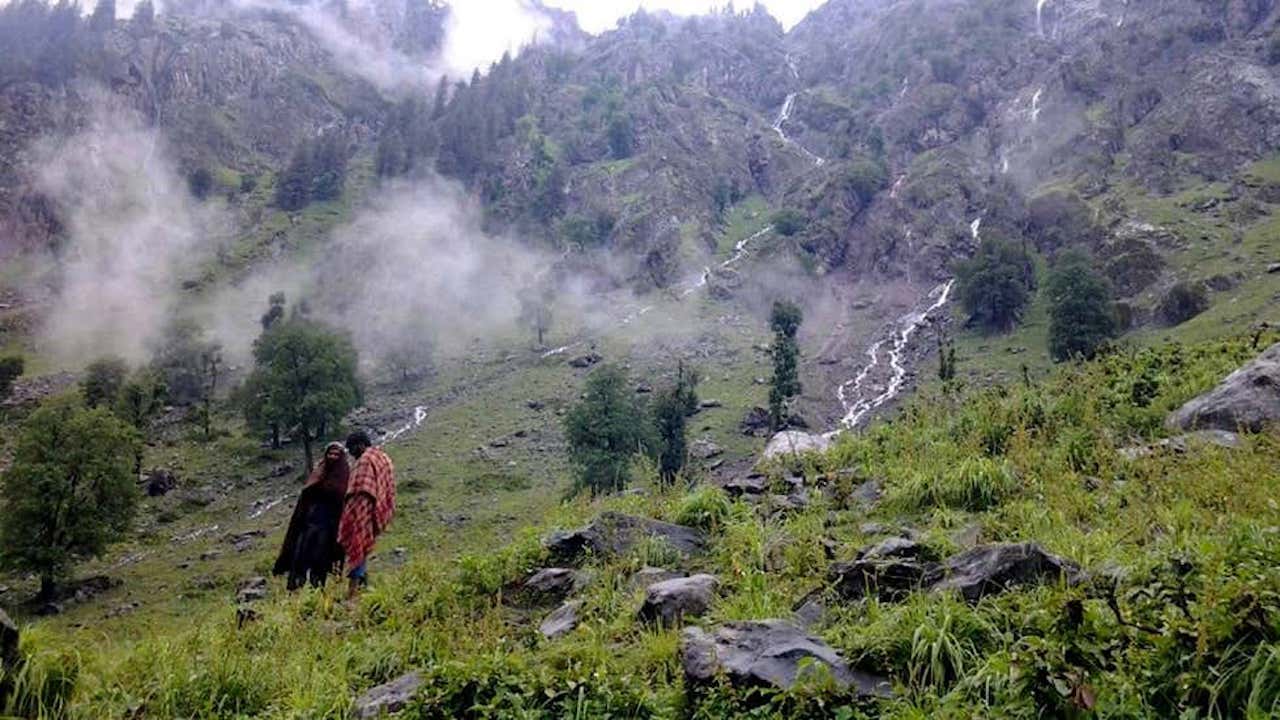Tourist Influx is Toxic for Pristine Environment of the Trans-Himalayan States
The increasing tourist inflow in the delicate trans-Himalayan states has generated gigantic amounts of waste, putting the fragile ecosystem more at risk

Image: The Hindu
While the lockdown period in 2020 improved the environmental conditions, things are worsening with increased tourist activity, especially in the trans-Himalayan states. A study has revealed that the tourist influx poisons the Trans-Himalayan states in India in the post-pandemic times with massive waste generation.
According to the ‘Environmental Assessment of Tourism in the Indian Himalayan Region’ report, the 10-square-kilometer Leh town alone experienced a total of 20,918 quintals of waste within 11 months from June 2021 to April 2022. However, around 19,531 quintals of waste – including both biodegradable and non-biodegradable – were transported to the municipal processing site. This report was submitted to the Environment Ministry as per the National Green Tribunal (NGT) order.
The report came up after assessing each Himalayan state/UT, including Jammu & Kashmir, Himachal Pradesh, Ladakh, Uttrakhand, Sikkim, Assam Hills, Sikkim, Nagaland, West Bengal Hills & Darjeeling, Arunachal Pradesh, Mizoram, Manipur, Meghalaya, and Tripura. The researchers monitored tourist numbers, biodiversity listing, water, and air quality, and municipal facilities for waste treatment in each state. After that, they have come up with some common actions/suggestions for the Indian Himalayan Region (IHR).

Image: Kashmir Observer
Currently, the trans-Himalayan states are facing worse environmental damage due to toxic tourism that leads to plastic litter in eco-sensitive areas. With locals trying to cut more trees to construct more buildings for private and commercial purposes, the green cover in the Himalayan regions is at risk.
Due to all these human activities, there are increasing natural calamities, like earthquakes, landslides, cloudbursts, and more environmental problems. However, to improve the current situation, the report also suggests the following pointers:
- Supporting green tourism
- Estimation of tourist carrying capacity in each state
- Introduction of carbon taxes, bio-fuel subsidies
- Implementing a green-premium tax on tourists
- Provide vehicle purchase subsidies
- Feed-in tariffs for sustainable energy
- Increasing the de-carbonisation of tourism operations
- Restriction on using vehicles in eco-sensitive areas
- Zoning and planning restrictions
- Establishment of sustainable bio-digester toilets in high-altitude trekking routes
- Set up proper waste management and segregation systems in major tourist spots

Image: Weather
With these positive steps, the trans-Himalayan states can move forward for betterment in the future. Some states are already following some of the mentioned pointers. For instance, Arunachal Pradesh adopted the ‘Pakke Tiger Reserve 2047 Declaration on Climate Change Resilient and Responsive Arunachal Pradesh’ in 2021. This initiative aims at promoting climate-resilient development in the state. According to the report, this is a positive move by Arunachal Pradesh in direction of sustainable development in all sectors, including state tourism.
Even other states need to follow such sustainable measures to ensure there’s minimal impact on the biodiversity and the overall environment of the trans-Himalayan regions. We hope that state governments soon start taking the appropriate measures to keep things in control.
Via: Weather


